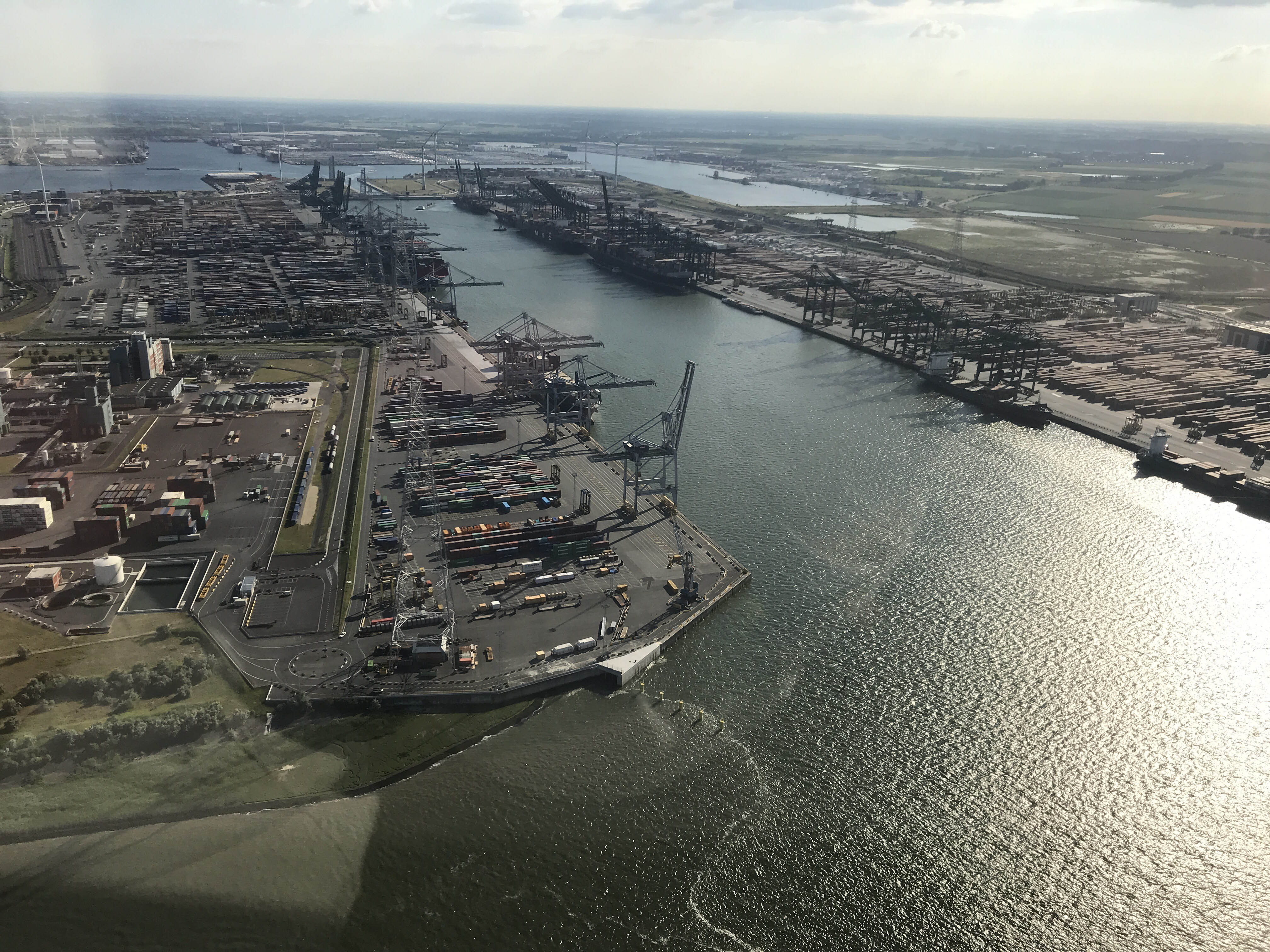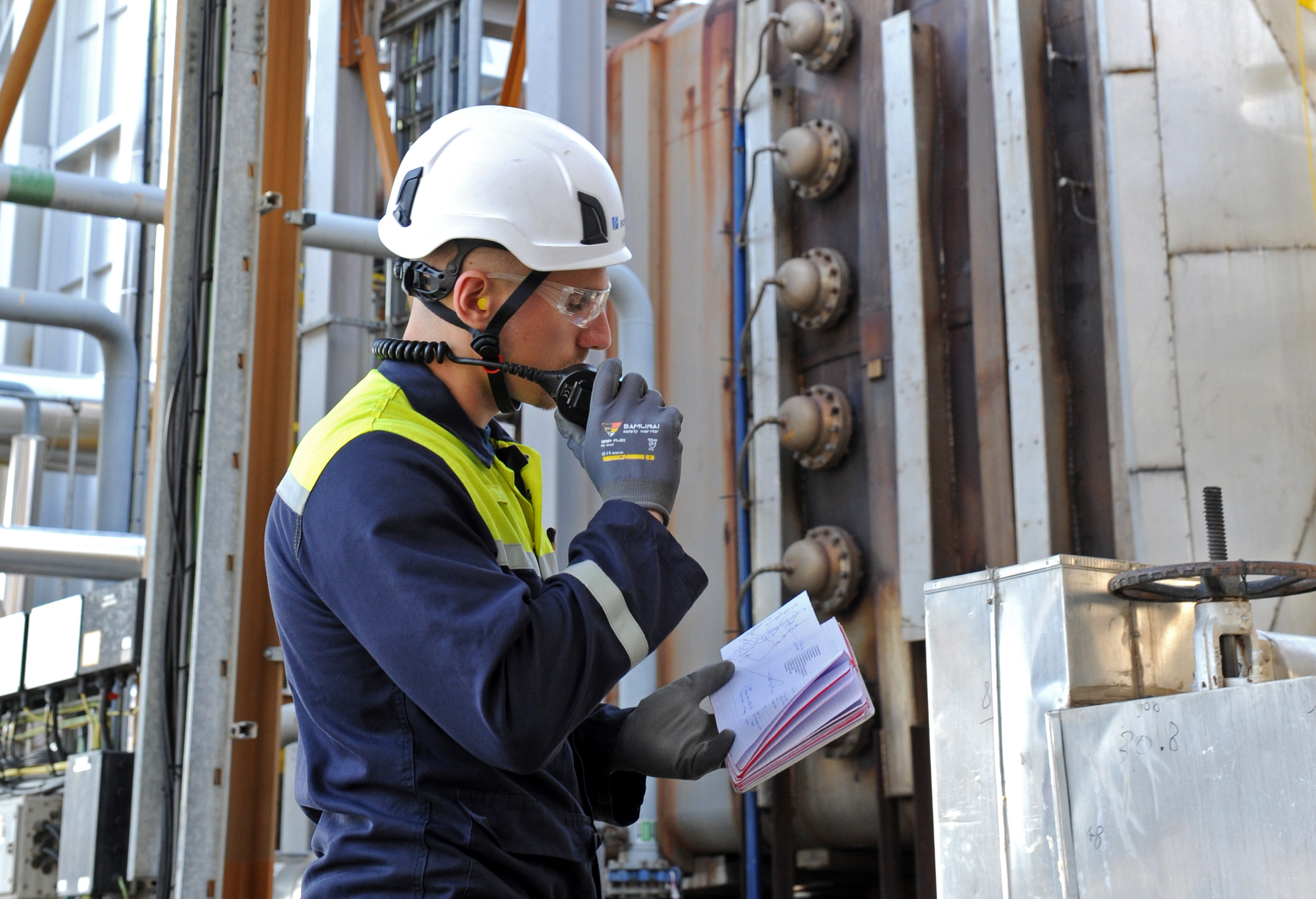Project feasibility test
Before submitting a project file as part of an application, it is preferably that the candidate-concessionaire verify the feasibility at the different authorities that must formulate a recommendation or issue an approval and/or grant permission. Such feasibility tests provide a good estimate of the project’s chance of success afterwards. And, changes can then be made early on so that the best possible project file can be submitted.
Note: this concerns the in-advance initial recommendation, i.e. an estimate. It does not replace the final formal recommendation or official approval/permission.
A non-exhaustive list of project components to be checked in advance
- statutory fire prevention: www.hvzwaasland.be/brandpreventie/wettelijke-brandpreventie/ (only in Dutch)
- determining risk contours: external safety team (Flemish region): seveso@vlaanderen.be, +32 (0)2 553 11 89
- conditions for obtaining the integrated environmental permit. Either the municipality or the province must process your application depending on the class under which your project falls. You will find all information about the integrated environmental permit on the website of the Flanders Environment Desk: www.omgevingsloketvlaanderen.be (only in Dutch)
- for terrain located on the grounds of the municipality of Zwijndrecht: municipality of Zwijndrecht or the province of Antwerp (both websites only in Dutch)
- for terrain located on the grounds of the municipality of Beveren: municipality of Beveren or the province of East Flanders (both websites only in Dutch)
- check the financial feasibility of your project proposal with your bank and/or financial backer
- architectural check: it is best to have your project idea checked in advance by the architect you select, Scheldt Left Bank Corporation (MLSO), and the government agency that will handle your integrated environmental permit (municipality or province). You can make an appointment with MLSO via info@mlso.be or +32 (0)3 766 41 89.
- public utilities:
- Fluvius: https://www.fluvius.be (only in Dutch)
- Water-link: https://www.water-link.be (only in Dutch)
- Proximus: www.proximus.be
- Telenet: https://www2.telenet.be
- stability: before you submit your project file, ensure the necessary research is carried out by the engineer or engineering firm that you engage.
- subsidies: you can receive Flemish or even European subsidies for some projects. You can check whether your project is eligible for subsidies here:
- Flanders: subsidy database for companies
- Europe: EU subsidy guide
- mobility: make sure you consider how internal mobility is handled when you draw up your file. Not only public road access to your project is important, but also internal access to the different parts of your project. Make sure there is enough buffering for incoming traffic within the terrain itself and calculate the (strong) growth of your project in the future.
Additional container handling capacity for the port
The Port of Antwerp is the second largest port in Europe with respect to the handling of containers. And, the number of containers continues to grow each year. An additional handling capacity of 7.1...
Concession tariffs 2026
On Wednesday 8 October 2025, the Executive Board of Maatschappij Linkerscheldeoever (MLSO) approved the tariffs for 2026 concessions and land leases. You can read these here. If...


